Will Cherry pits kill koi/goldfish? [Wild Black Cherry Tree]
njbiology
16 years ago
Featured Answer
Sort by:Oldest
Comments (6)
nkm56
16 years agobuyorsell888
16 years agoRelated Discussions
productive fruit trees for very cold climate
Comments (26)Hello, great to see such wonderful photos of fruit being grown outside Edmonton! I'm in St. Jerome, QC and I have: Apples: Priscilla and Reine de Reinette Pears: Flemish Beauty and Luscious Plums: Mount Royal and just bought a Mirabelle Cherries: Carmine Jewel, Romeo and Crimson Passion. The Carmine Jewel has been absolutely brilliant for me here. Apricot: Just got a Morden 604, we'll see how much fruit I get. Saskatoons: Smokey and Thiessen I have a whole bunch of berries as well and hardy kiwis, plus a fig and a lime tree. And an unknown peach experiment! Oh and I'm about to plant some elderberries, I just can't get enough elderberry flower cordial! Would definitely recommend the U of Sask cherries, they are tough and good producers and have more of a bush habit making it easier to harvest. There should be many apples that will work for you. You might want to consider plums too, there are some very hardy hybrids available, as well as chums. Most of my trees are quite young, had a few fruit on them last year, plums and apples (Mont Royal and Priscilla) were delicious, hoping for an even better harvest this year but bee activity seems way down. Even tried hand pollinisation just to try and compensate. Good luck and don't be afraid to experiment. I have lost some trees and plants, but as someone recently reminded me, if you don't try you'll never know!...See MoreBlack Knot Fungus and non-toxic home made fungicide?
Comments (41)Nancy, the Bordeaux mix should only be used while the tree is still dormant - before bud break. It can be phytotoxic, which is why it's recommended to be used before the tree is in leaf. And you never want to spray during the flowering period when pollinators are present. Other than the Bordeaux mix, this is going to be a difficult problem to control just restricting yourself to organics......sad, but true:-( Cultural controls and good garden sanitation are critical and MUST be used together with any fungicides, organic or not - sprays alone will not do the trick. Part of the diffculty is that the fungal spores germinate and spread when the weather is warm, generally some time after bud break and one can't determine the degree of infection until the following year when the galls begin forming, so some sort of spray program is advised. Pruning out problem areas is most often advised but won't help a wit if the infection has progressed to major limbs or the trunk. You just need to remove the tree at that point. If I were in this situation, I might try using Neem oil for spraying any time after the trees emerge from dormancy and when the temperatures are close to 55F or above. If possible, spray when no threat of rain is present for at least 24 hours and don't spray when pollinators are present - Neem can harm them as well as any chemical. I'd repeat applications every 10 days to two weeks through shuck split (when the tepals fall off to expose any emerging fruit). Otherwise, there are very few fungicides that are registered for control of black knot (and most you wouldn't want to or can't use anyway) but if you use something registered for brown rot and follow a similar spray schedule, you should be OK....See MoreFastest growing tree
Comments (21)"Well I went to Sheridan Nursies in Mississauga here and found a sugar maple for $420 + tax. The great thing is is they are very big already in their baskets...maybe like 18 feet. " Someplace in my Photobucket account I have pictures from a Harvard type study on growth rates for different size transplants. End result was the large transplants took longer to recover than smaller ones. Think of it as missed out on growing seasons. I would venture the chance of failure also goes up. BUT if it has a warranty that solves part of that problem. Random thoughts: Sugar maples are classy but not the fastest growers. I love them and if the size of the transplant helps you not have to settle on a lesser tree, go for it. Most trees that are not "male sexed clones" are just going to produce viable seeds. The neighbor thing is interesting. You know the dynamic of the relationship. If the gardenbeds are right on the fence line is it rude of them to want to limit what you plant? Of course it would be rude for anyone to plant bamboo on the property line and not have a plan to contain it for eternity. Maples are pretty normal though....See MoreHow wide does Prunus serotina (Black Cherry) get?
Comments (5)I live in a very natural, wooded setting, Steve, and the one I'm talking about is a young cherry that came up by the garage, I can't remember exactly when, because it's just one of many. I started cutting off small branches to feed cats, and noticed that pruning it just made it make more new growth, but since I keep repeatedly pruning the new growth off, it never gets any taller or wider. Maybe the trunk will get bigger? There's another one I used that's in my 'yard' inside the fence, but not as much because it got tent caterpillars who pruned it so much there wasn't that much left for me to cut. As long as you have WBC, you'll have some type of lepidoptera and seedling trees coming up all over - the seeds must have a high viability rate, because seedlings are everywhere in the spring. WBC is one of the pioneer type trees, meaning that it comes up on its own on cleared or cutover land. MissSherry...See Morepikecoe
16 years agonewbirdman
16 years agoedith_fishpond
15 years ago
Related Stories
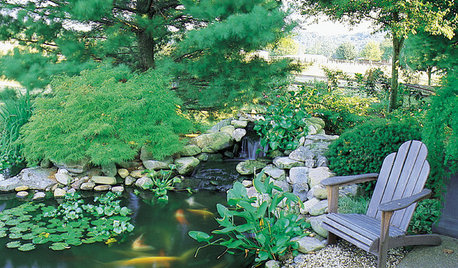
LANDSCAPE DESIGNKoi Find Friendly Shores in Any Garden Style
A pond full of colorful koi can be a delightful addition to just about any landscape or garden
Full Story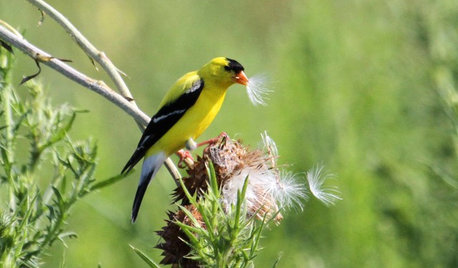
GARDENING FOR BIRDSWild Birds Transform a Woman’s Garden and Life
How Sharon Sorenson created a wildlife haven and became the Bird Lady of Southern Indiana
Full Story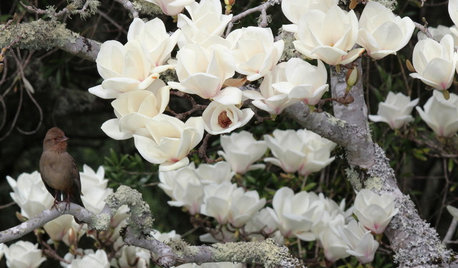
SPRING GARDENING7 Spectacular and Practical Spring-Flowering Trees
Put on a beauteous show in the garden with a landscape tree awash in flowers — just do your homework first
Full Story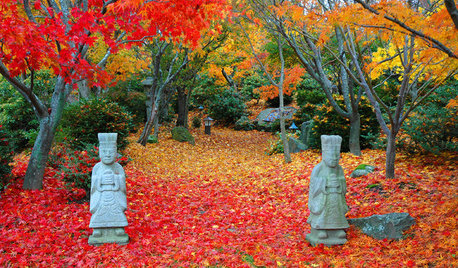
FALL GARDENING11 Trees for Brilliant Fall Color
Give your landscape the quintessential look of autumn with the red, orange and yellow leaves of these standouts
Full Story
COLOR10 Pair-Ups for Black in the Kitchen
Combine black with other colors to add drama, polish and modernity. It also can make a kitchen look more spacious
Full Story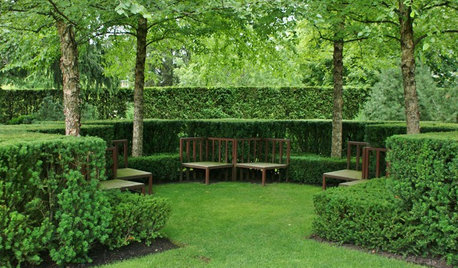
GARDENING GUIDESGrow Your Own Privacy: How to Screen With Plants and Trees
Use living walls to lower your home and garden's exposure while boosting natural beauty in your landscape
Full Story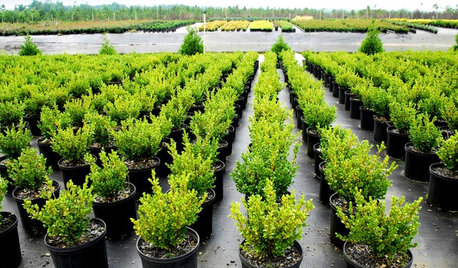
TREESHow to Buy Healthy Trees and Shrubs
A healthy young plant with a strong form is more likely to do well in your yard. Here’s what to look for at the nursery
Full Story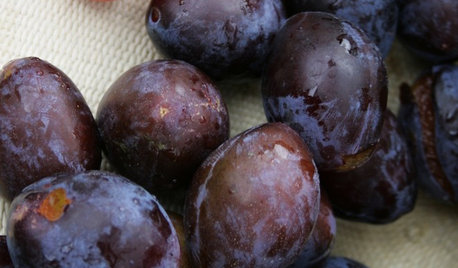
FRUIT TREESHow to Grow Your Own Juicy Plums
Easier than other stone fruits and with a variety of colors to choose from, plums are a versatile garden addition
Full Story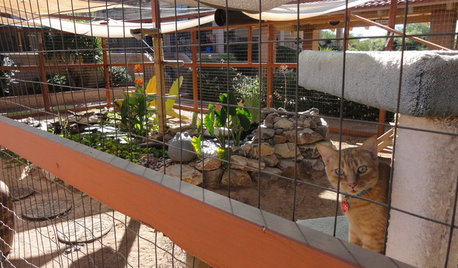
PETSSee a Deluxe 'Catio' Built for Feline Fun
Sixteen lucky cats get the run of a protected outdoor patio with ramps, steps and even a koi pond
Full Story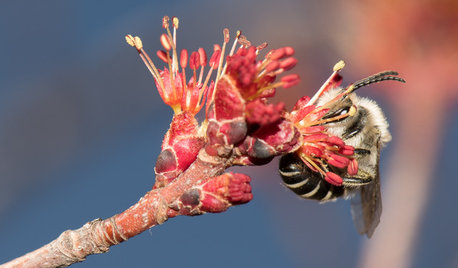
GARDENING GUIDESInvite Cellophane Bees to Your Garden by Providing Patches of Bare Soil
Look for cellophane bees (Colletes) pollinating flowering trees and shrubs in U.S. gardens this spring
Full Story


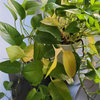
ccoombs1